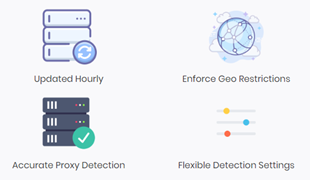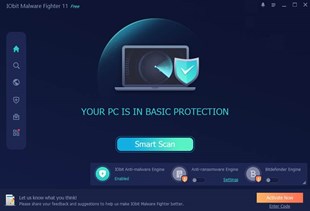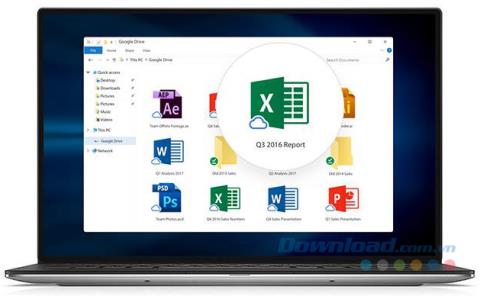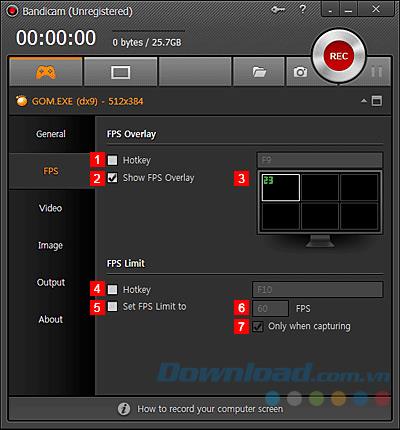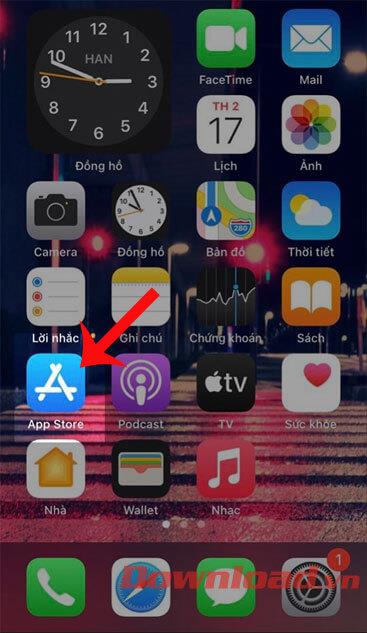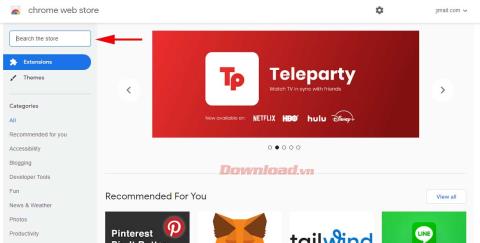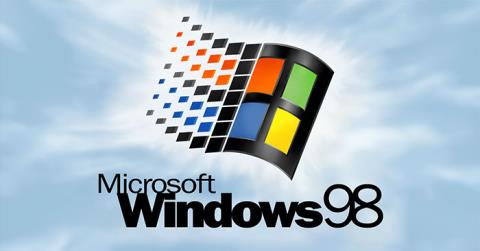As a database management system (DBMS), Microsoft Access has been almost irreplaceable for a long time. The system became widespread due to its intuitive design, expansive functionality, and numerous integrations.

However, the market for database management systems kept developing, and some competitors managed to catch up to Microsoft Access. That’s why today there are excellent alternatives to this system available on most major platforms. Even better, many come free of charge, although there are quite a lot of premium variants.
This article will tell you about the best systems you can use instead of Microsoft Access.
Microsoft Access Alternatives
MySQL
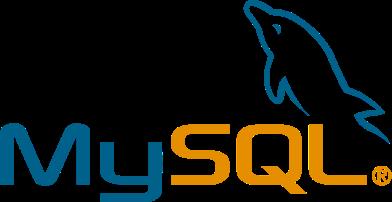
Unsurprisingly, MySQL is the first on the list. This database management system represents a widely popular powerhouse. It’s used by some of the leading social media platforms, like Twitter and Facebook, as well as Google’s own YouTube.
Worldwide high-profile businesses and organizations like PayPal also use MySQL. The reason is that the DBMS can handle complex systems and websites with numerous pages and substantial traffic.
MySQL is designed for heavy professional use. This means the system isn’t very straightforward to use – after all, it wasn’t built for beginners, but for organizations with specialized tech divisions. This database management system is also quite pricey, with the standard plan costing $2,000 per year.
QuickBase
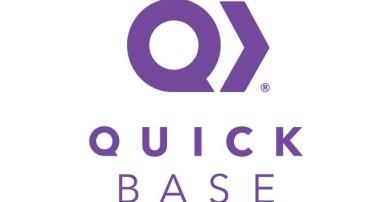
In contrast with the first entry, QuickBase is a low-code DBMS. Low-code means the program doesn’t require too much coding and instead relies on its visual user interface.
QuickBase is very user-friendly and quite flexible, allowing users to connect the data with custom-built applications. This makes the DBMS ideal for creative use both in building and displaying database information. That last part is possible due to the publishing tools included in the system.
QuickBase is reasonably priced compared to some other DBMS options. The most affordable plan costs $600 per month, while more advanced options for larger organizations have flexible pricing.
Zoho Creator
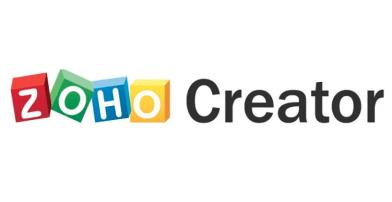
Zoho Creator represents another coding-free database management system. It’s an excellent solution for data management streamlining and task automation.
Zoho Creator features a highly intuitive drag-and-drop user interface, which makes most of its functionality extremely accessible for users. Besides that, this DBMS boasts advanced scripting. All these advantages allow for easy app creation. Best of all, everything built in this system is compatible with mobile platforms.
In addition to creating apps, Zoho Creator comes with over 50 premade business tools. Finally, the DBMS has numerous integrations with additional apps and services. It’s also quite affordable, with subscription plans starting at $10 monthly per user.
HyperBase
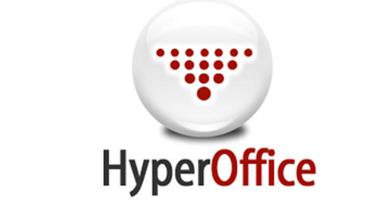
HyperBase is based on cloud infrastructure and is geared toward bigger organizations. The database management system finds plenty of use in IT, retail, finance, legal, and healthcare.
The cloud-based structure of this DBMS makes it quite flexible while staying powerful. Collecting and sharing data is made as straightforward as possible, which opens up HyperBase for non-expert and expert users alike.
Like the previous entry, HyperBase has a per-user monthly subscription model that is inexpensive, especially compared to most other options. Pricing for HyperBase starts at $8.30 monthly.
TeamDesk
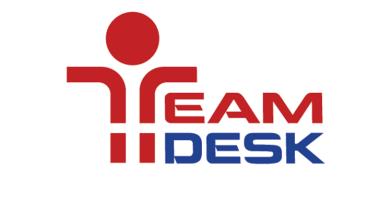
Much like HyperBase, TeamDesk largely functions online. This DBMS isn’t only low-code – it’s zero code. Users can access all features of the system without technical knowledge, and they can customize their databases in great detail.
TeamDesk also has handy templates that speed up the work process, and every database created in the DBMS is adjustable and scalable. Your databases can follow the growth of your business.
Subscription plans for TeamDesk come at very popular prices, with the base plan costing only $49 a month.
Microsoft Access Alternatives for Mac
For Mac users, Microsoft Access might not be the primary option for a database management system. This is because Microsoft Access is part of MS Office. While the Office suite is available for Mac, it doesn’t represent the default solution on Apple devices.
This means Mac users often start with an alternative that is either built for universal use or specific to macOS. We’ll list some of the best choices here.
Tap Forms

Tap Forms represents a Mac-specific database management system. It’s built around an easy learning curve that allows for seamless database and form creation.
Databases created with Tap Forms can be improved with additional audio files and images, as well as linked to other databases. Best of all, everything can be done without coding. This makes Tap Forms very welcoming to novice users and quite straightforward to use.
Like most DBMS apps, Tap Forms has a monthly subscription, which starts from $50.
FileMaker Pro
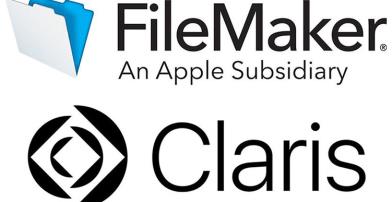
A veteran of the DBMS scene, Apple’s own FileMaker Pro is today in the ownership of Claris International, a subsidiary of Apple.
The main advantages of using FileMaker Pro are that the powerful system enables users to create custom databases for numerous purposes, and you can get the help of a professional for an additional price. However, there are some downsides to FileMaker Pro.
Particularly, the system doesn’t allow for direct MS Access imports – files need to be imported in CSV or XML format instead. It’s also complicated to use. These traits make the price of $20 per month a bit harder to justify.
Ninox Database

Ninox Database features all the database-building mechanics of MS Access but makes their usage much less complex.
This software solution is quite powerful. It’s a DBMS at its core, but can easily double as a CRM or for project management purposes. Creating and customizing databases in Ninox Database is very straightforward, especially if users take advantage of the available templates. Additionally, Ninox Database is much faster than MS Access and many other systems.
On top of all these benefits, this DBMS isn’t expensive at all. For a professional user, the system costs only $20 per month.
Knack
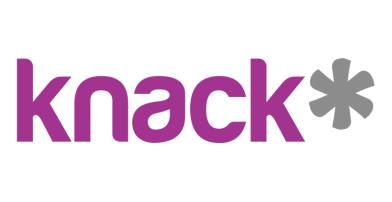
Widely regarded as the best Mac database management system, Knack is very user-friendly, elegantly designed, and quite powerful.
The DBMS is also low-code, even though some coding experience may come in handy for manual tweaks. Knack has been around for over a decade. In that time, many organizations have adopted it in everyday business, including tech giants like Panasonic and Intel.
The base price for Knack is $39 per month. However, a yearly subscription shaves off two months, making it very affordable for long-term use.
The Best Free Microsoft Access Alternatives
So far, we’ve only covered database management systems with monthly subscription plans or one-time payments. But the best solutions don’t have to come with a price tag. Here are some of the best systems completely free of charge.
My Visual Database
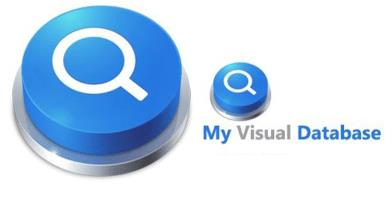
Modern and easy to use, My Visual Database looks like a premium app, particularly compared to other free DBMS solutions.
This system lets users create databases without coding and features plenty of learning resources. My Visual Database lacks some advanced features but is ideal for basic database handling. The program is available for Microsoft Windows.
DBeaver
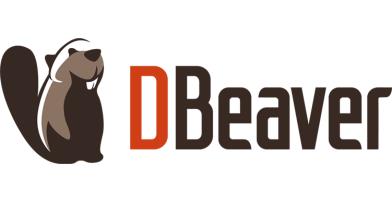
If universal use is the name of the game, DBeaver might be the overall winner. This is an open-source DBMS suitable for commercial and personal purposes.
DBeaver can work on Windows, Mac, and Linux operating systems. It also supports multiple database file types, which makes it possible to import databases from many sources, including MS Access. Best of all, DBeaver doesn’t only deal with basic database building but features advanced options.
LibreOffice Base

Just like the LibreOffice suite represents an excellent open-source replacement for Microsoft Office, LibreOffice Base is a great alternative to MS Access.
LibreOffice Base supports cross-database sharing between different database types. It can be used to make database applications as well as websites, and users have a choice of frameworks for embedded databases. Being open-source, LibreOffice Base is available on all major platforms, including Windows, Mac, and Linux.
The Best Microsoft Access Alternatives in Linux
As you might assume, open-source programs are at home on Linux operating systems. Since those programs are also freeware in most cases, entries on the previous list will also be a great MS access alternative for Linux. In particular, we’re referring to DBeaver and LibreOffice Base, while My Visual Database is Windows-exclusive.
Apache OpenOffice Base
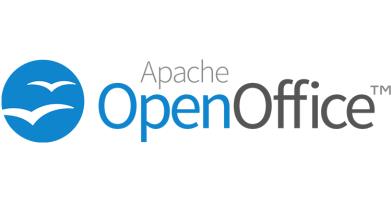
Like LibreOffice, OpenOffice represents an open-source, free alternative to Microsoft Office. In parallel, Apache OpenOffice Base is a similar solution to LibreOffice Base.
This DBMS features many tools for personal and business databases with design wizards that make creation and adjustment trouble-free. It has cross-platform support and allows users to make various reports, forms, tables, and more.
Kexi
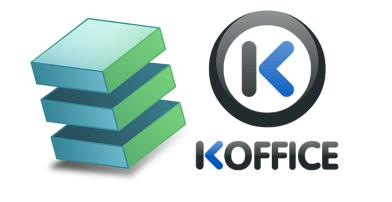
Kexi is part of another alternative office suite – Calligra Office. It can handle different database types from various sources and has plenty of advanced features.
The developers of this DBMS and the entire suite it belongs to went to great lengths to make their products as competitive as possible. That’s why Kexi can be considered an excellent stand-in option for Microsoft Access.
Manage Your Databases Without MS Access
Microsoft Access is often considered among the best database management systems available. While this may lead users to believe that the system has no alternative, the opposite is true.
We’ve shown you a wide variety of database creation and management options. There are alternatives to MS Access for every platform and, possibly more importantly, every budget. With the information from this article, you’ll certainly be able to make the right choice.
Which alternative to Microsoft Access did you choose? How does it compare to MS Access? Let us know in the comments section below.
